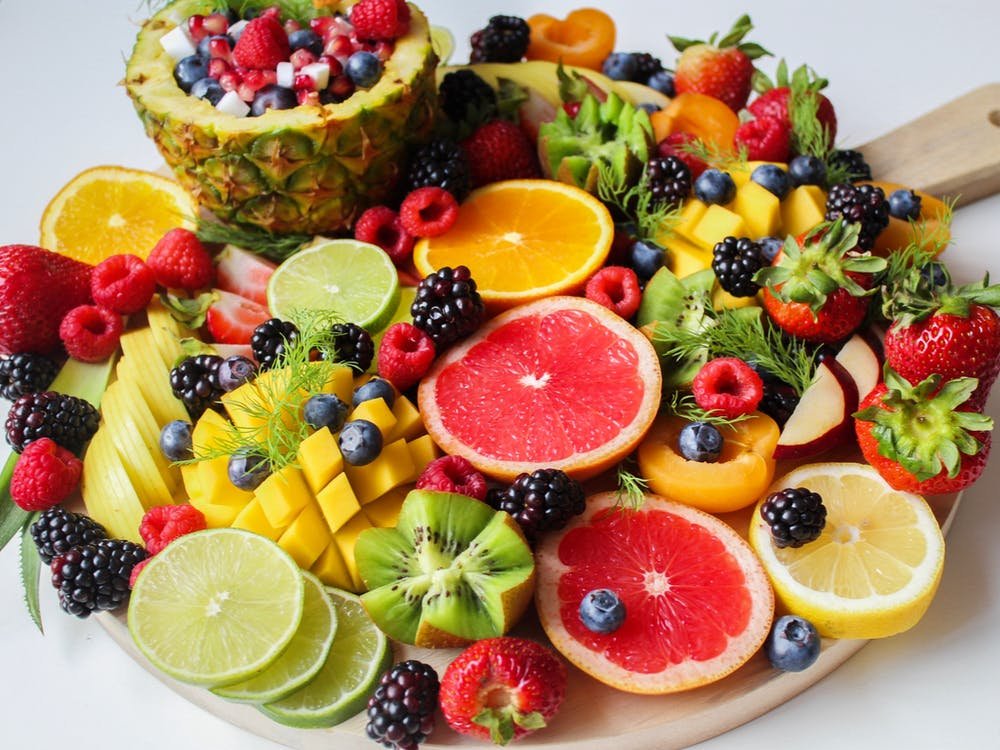Food, Inc. is a vital film for America. Director Robert Kenner joined Eric Schlosser (writer of Junk food Nation) and also Michael Pollan (writer of The Omnivore’s Issue) to take a thorough check out the food sector and it’s impacts. These effects are significant, extending from our very own health to the environment.
It should not be so shocking to find out where your food is originating from. Yet this understanding is necessary, and also watching Food, Inc. is a great first step. I assumed the most crucial factors were modifications in food manufacturing, concealed expenses of the food system, food tags, company control, and consumer power.
Food Production Approaches of the Previous versus Today
Kenner opened the movie by mentioning that food manufacturing and the way we buy and also eat food has actually changed extra in the last 50 years than it ever before did in the previous 10,000. These changes have actually been driven by a basic goal of performance: the food market continuously aimed towards making one of the most food in the most inexpensive method possible. This had actually led to a very mechanized method of elevating animals. As one farmer spoke with stated: “If you want a $2 gallon of milk, you’re going to get feedlots.”.
These feedlots have livestock crammed right into little areas, standing in their very own manure. If one animal becomes ill, they all become unwell. Manure frequently enters into the meat. Recognizing this, E-coli and Mad Cow Illness aren’t that surprising. Food, Inc. estimates that each burger patty contains components from a thousand livestock. What are the chances that at the very least one of them was including dangerous bacteria?
Food, Inc. checks out fowl manufacturing; a poultry is currently increased in 48 days as contrasted to 70 days in 1950. Noticing a consumer choice for breast meat, the chickens were upgraded to have larger breasts and are two times as huge as they were in 1950. This causes chickens that are unable to support their very own weight, that are unable to walk. This causes food production that no more looks like farming, but science and manufacturing facilities.
Hidden Expenses of Low-cost Food
You have to question why it is so much more affordable to acquire junk food than healthy and balanced produce.
For individuals with a tiny amount of cash to invest in food, or people that are intending to conserve cash, this urges them to purchase junk food and unhealthy food instead of veggies. This is why today earnings degree is the largest forecaster of obesity, as well as why a 3rd of Americans birthed after 2000 will certainly establish diabetes mellitus. Getting inexpensive, unhealthy food has long-lasting health dangers.
Culture as well as the environment are additionally influenced: “we eat a great deal of oil.” The typical meal takes a trip 1500 miles from ranch to table. Why is this needed when farmers markets come throughout the country?
Value of Labels
Schlosser shares that point that truly amazed him was that the origin of several foods he looked into was the same cornfield; a lot of our food is simply “creative rearrangements of corn.” 90% of supermarket products have either corn or soybeans, as well as the majority of have both. 70% of all refined food has actually a genetically modified ingredient. Firms fight for years to keep this kind of info off their tags, yet as a growing number of things are ending up being required, it is more crucial than ever to check out THE LABELS ON THE FOOD YOU GET.
Business Control of the Food Industry
In 1970, the leading five beef manufacturers controlled 25% of the market; today, the top four producers manage greater than 80%. These companies not only regulate the markets, they manage the federal government, their farmers, and also their employees. To also speak out versus the food industry can be high-risk.
Monsanto is the example used by Food, Inc. of a company aiming to regulate food from “seed to supermarket.” They presented a soybean with a copyrighted genetics right into the marketplace that today makes up 90% of soybeans in the United States. They utilize 75 individuals whose work are composed totally of examining and also prosecuting farmers for breaching the license.
Several workers utilized by the food companies are recruited in Mexico, even bussed to their brand-new areas of employment. They count on these illegal immigrants to not complain, based upon them believing that they have no civil liberties. Smithfield Hog Handling Plant sheds concerning 15 employees a day that are sent back to Mexico. No massive raids happen, as well as manufacturing isn’t slowed.
Customer Power
You actually have to believe that you vote with your money. The food sector is an organization, besides, and they will certainly comply with the cash. For instance, the natural activity is one of the fastest expanding in the nation. Most supermarket supply natural items due to a client need. The sector can be changed.




12 comments
I recently tried a local spot and was pleasantly surprised by the inventive dishes, fresh flavors, and friendly service that made the whole dining experience feel welcoming and easy to recommend Top rated vegan restaruant near me.
I really enjoy how this post celebrates rich flavours and quality ingredients, inviting readers to explore meals that feel comforting yet sophisticated, perfect for sharing with friends and family during cosy evenings Black Angus Beef Bacon UAE.
Μα πόσο υπέροχη ιδέα για γιορτή μικρών μας φίλων! Η σωστή οργάνωση, οι γευστικές επιλογές και η φιλική εξυπηρέτηση κάνουν τη διασκέδαση πιο λαμπερή για όλους παιδικό πάρτυ catering.
I really appreciate this post and the thoughtful tips for handling big purchases. The budgeting insights help make a daunting idea feel more approachable, and the practical guidance on storage is especially reassuring Buy a Whole Cow Meat.
I really appreciate how this post captures the joy of cooking for friends and family, turning simple ingredients into comforting moments and memorable flavors that feel both approachable and special chef at home.
Love reading the post and hearing about diverse dining spots; this kind of guide helps uncover hidden gems, flavorful sauces, and friendly service that make evenings memorable for any group Best Indian restaurant near me.
I recently enjoyed a memorable dining experience with warm service and thoughtful flavours that linger after the last bite, making me recommend this spot for a relaxed evening out with friends Sarastro Restaurant.
Love the vibrant vibe in this post—really makes me curious about unique venues and evenings that blend creativity with great craftsmanship. Sounds like a recipe for memorable moments and new discoveries Kapadokya’da kokteyl salonu.
Love discovering new spots that balance flavour, warmth and great service. The atmosphere here always feels welcoming, and the plates arrive with vibrant aromas that invite conversation and shared bites indian restaurants in leeds city centre.
What a helpful guide—lovely recommendations and thoughtful tips for enjoying nighttime vibes, diverse flavours, and cosy venues across the city. I appreciate the friendly, practical tone that makes exploring easy and fun Best Bars and Restaurants KL.
Wat een leuke post! Het is fijn hoe je verschillende ideeën en tips zo helder deelt, waardoor het onderwerp voor iedereen toegankelijk blijft en uitnodigt tot nadenken en meedoen feestformules.
Love discovering local spots that craft great vibes and tasty sips. This post captures the town’s warmth, and I appreciate the thoughtful recommendations for affordable drinks and friendly neighbourhood hangouts Antioch CA drink specials.